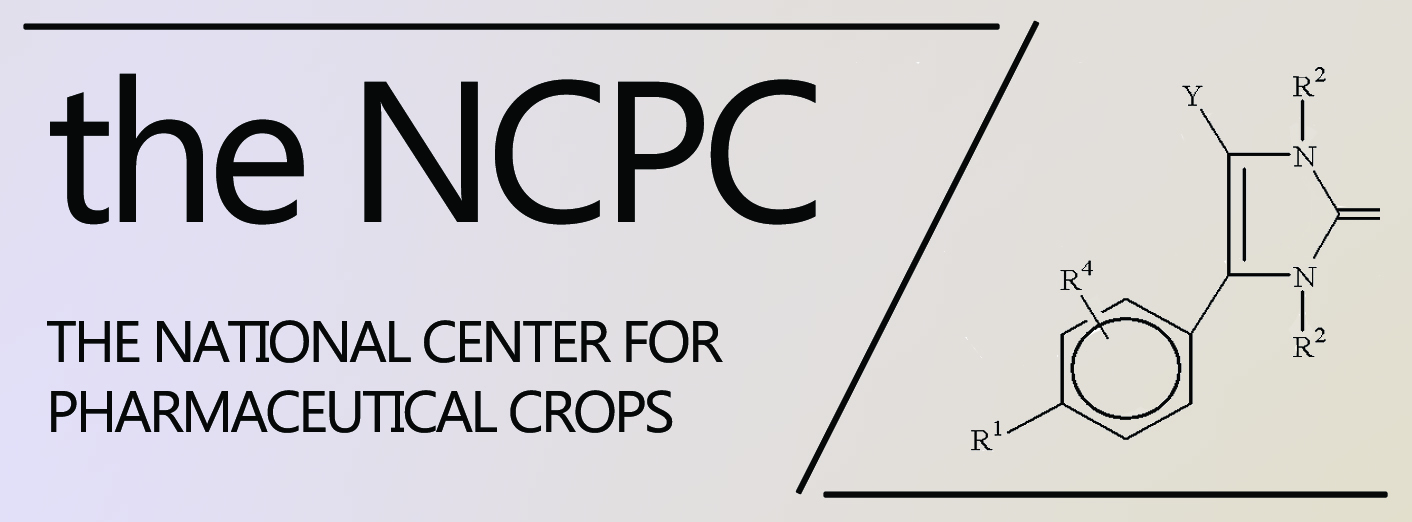
Title
Cytotoxic Triterpenoid Saponins From the Fruits of Aesculus pavia L.
Document Type
Article
Publication Date
8-2007
Abstract
Continued chemical investigation on the fruits of North American Aesculus pavia L. resulted in the isolation and identification of 13 polyhydroxyoleanene pentacyclic triterpenoid saponins, named aesculiosides IIe–IIk (1–7), and IIIa–IIIf (8–13), together with 18 known compounds: aesculiosides Ia–Ie (14–18), IIa–IId (19–22), IVa–IVc (23–25), 3-O-[β-d-galactopyranosyl(1 → 2)]-α-l-arabinofuranosyl(1 → 3)-β-d-glucuronopyranosyl-21,22-O-diangeloyl-3β,15α,16α,21β,22α,28-hexahydroxyolean-12-ene (26), 3-O-[β-d-glucopyranosyl(1 → 2)]-α-l-arabinofuranosyl(1 → 3)-β-d-glucuronopyranosyl-21,22-O-diangeloyl-3β,16α,21β,22α,24β,28-hexahydroxyolean-12-ene (27), 3-O-[β-d-galactopyranosyl(1 → 2)]-α-l-arabinofuranosyl(1 → 3)-β-d-glucuronopyranosyl-21,22-O-diangeloyl-3β,16α,21β,22α,28-pentahydroxyolean-12-ene (28), R1-barrigenol (29), scopolin (30), and 5-methoxyscopolin (31). The structures of these compounds were elucidated by spectroscopic and chemical analyses. Compounds 14–22 and 26–28 were tested in vitro for their activity against 59 cell lines from nine different human cancers including leukemia, non-small cell lung, colon, CNS, melanoma, ovarian, renal, prostate, and breast. It was found that compounds with two-acyl groups at C-21 and C-22 had cytotoxic activity for all cell lines tested with GI50 0.175–8.71 μM, while compounds without acyl groups at C-21 and C-22 had weak or no cytotoxic activity. These results suggest that the acyl groups at C-21 and C-22 are essential for their activity.
Repository Citation
Zhang, Zhizhen and Li, Shiyou, "Cytotoxic Triterpenoid Saponins From the Fruits of Aesculus pavia L." (2007). NCPC Publications and Patents. 33.
https://scholarworks.sfasu.edu/ncpc_articles/33
Graphical Abstract



Comments
Originally published in Phytochemistry (2007) 68(15)